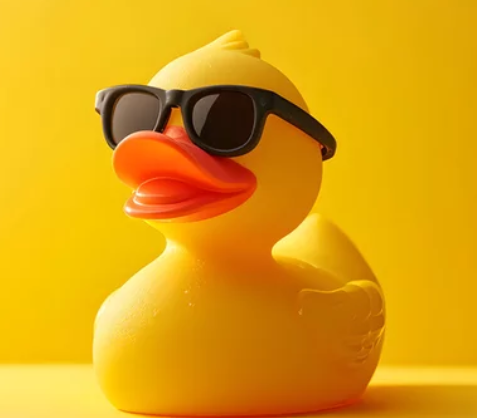Grades 6-8
Why do bath toys appear on the world’s beaches?
The Mystery
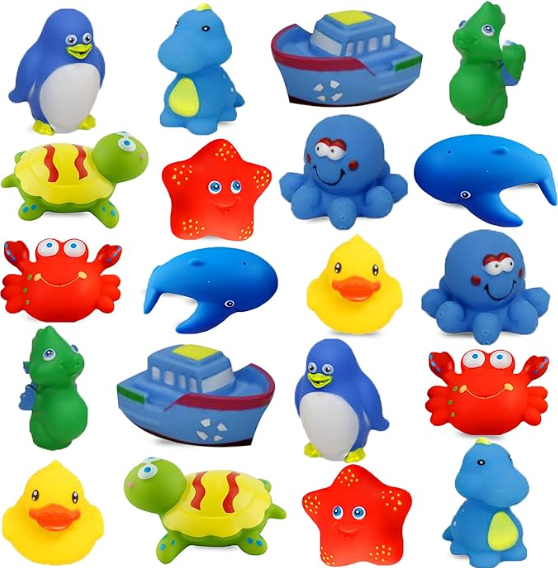
In late 1992, bath toys started washing up on the shore in Alaska. Years later, more toys continued to appear around the globe. Places such as the U.K., Australia, and the east coast of the United States had clusters appear. This has continued into the present day.
The toys have been rubber duckies, red beavers, green frogs, and blue turtles. Some still have vibrant colors while others have been bleached white.
Why are the bath toys washing up on so many shores over a long period of time?
Career Education and Description
Either a bachelor’s or master’s degree is required for most oceanography positions. Typically, the study focus is on geosciences, but can often include environmental sciences and engineering. More specifically, pursuing a college education in marine biology, chemistry, or physics and then transferring into a post-college degree in an oceanography program will set you up for success.
Oceanographers study the dynamics of the ocean. This could be conducting field studies on pollution impacts. An oceanographer could work on constructing maps of the ocean currents and how physics and chemistry are involved in driving these currents. They can construct physical maps of the ocean to be used by others.
.
Solving the Mystery
Choose from the list below to start exploring the Mystery. Which options seem most logical to you? You can use the worksheet to record your thoughts and conclusions.
PDF Student Worksheet

Animals Moving Floatees
| Organism | Description |
| Fish | 12,000 – 24,000 tons of plastic ingested |
| Sea Birds | 60% of all sea birds have ingested plastic |
| Marine Mammals | Ingest and become entangled in plastic |
The chart above indicates how marine life interacts with plastics. Do you think these organisms are moving plastic around to the world’s beaches?
Currents
Water in the oceans has a general movement based on the amount of direct sunlight and the salinity. The denser the water, the lower it sinks. When water warms from sunlight, it becomes less dense as the water molecules have more kinetic energy. When it cools, the opposite happens and it sinks creating a convection current. (Think of swimming in a lake or an ocean: you can feel the water temperature drop as you swim deeper down into the water.) For salinity, the higher the salt content, the denser the water becomes. A low salinity will be less dense and rise.
Ocean currents span miles over the globe and are driven by these two forces. The warmest waters are found closer to the equator where there is the greatest amount of direct sunlight.

Dropped from Airplanes
The friendly floatees have a product code on each. The following locations have reported finding bath toys with the same product identifiers.

After looking at the map above of where the friendly floatees were found, check out the map of airplane flight paths below:
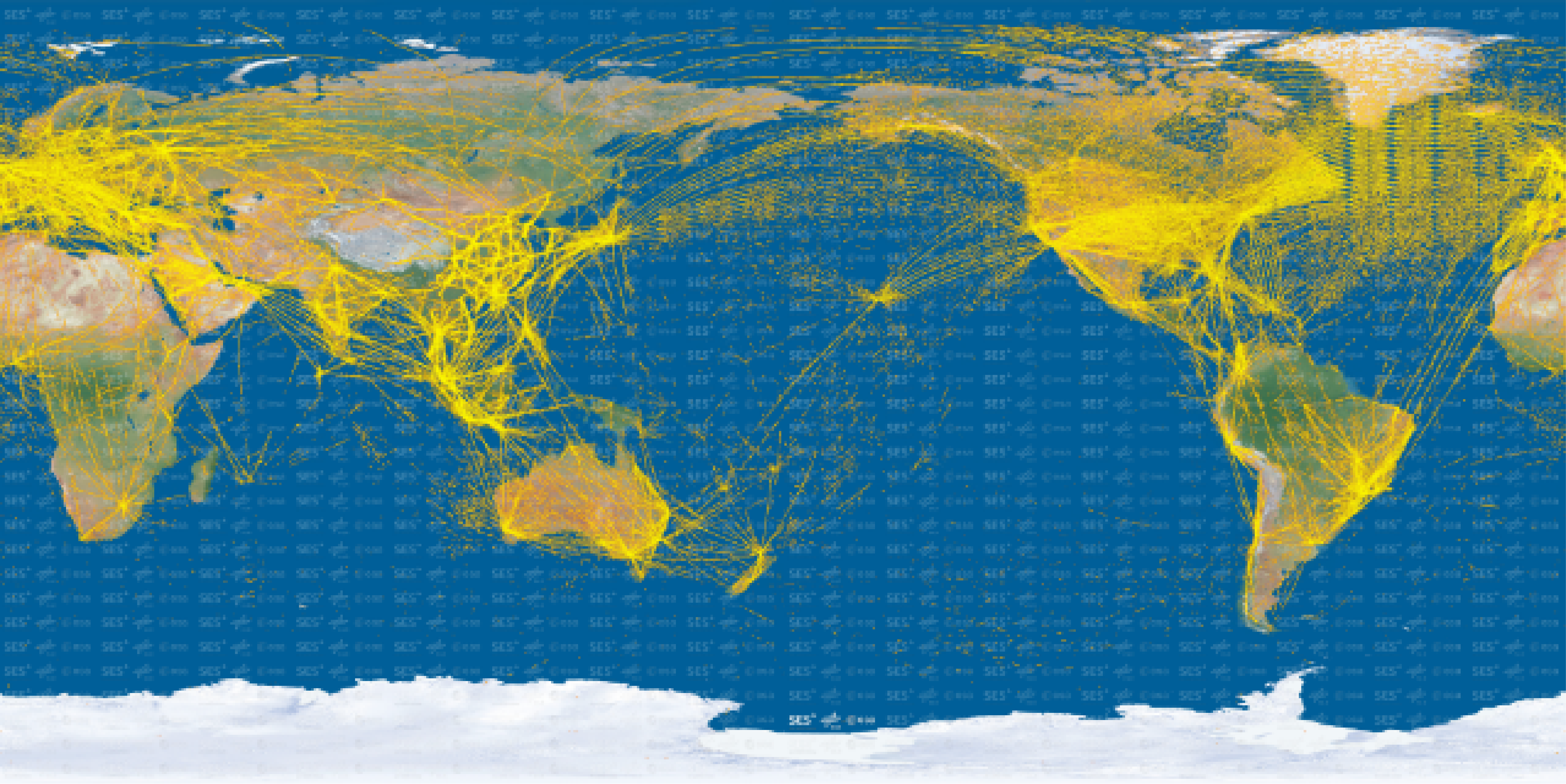
Do the two maps have a lot in common? Do you think the friendly floatees were dropped from airplanes?
Floated Onto Beaches
A large cargo vessel, the Ever Laurel, was carrying friendly floatees from a harbor in Hong Kong to Washington state. It ran into weather that caused a couple of the shipping containers to go overboard at the location identified in the map.

Could this be where the friendly floatees came from?
Seasonal Changes
The ocean currents are stronger in the winter than they are any other season. This is because the winds and surface water temperatures serve to stir the ocean waters in the winter. Does this help explain friendly floatees on beaches or not?
Surface Waves
Surface waves are driven by the wind and happen at the surface of the ocean. The picture shows the movement of a particle in the middle of an ocean. Kinetic energy is moved in the direction of the waves.
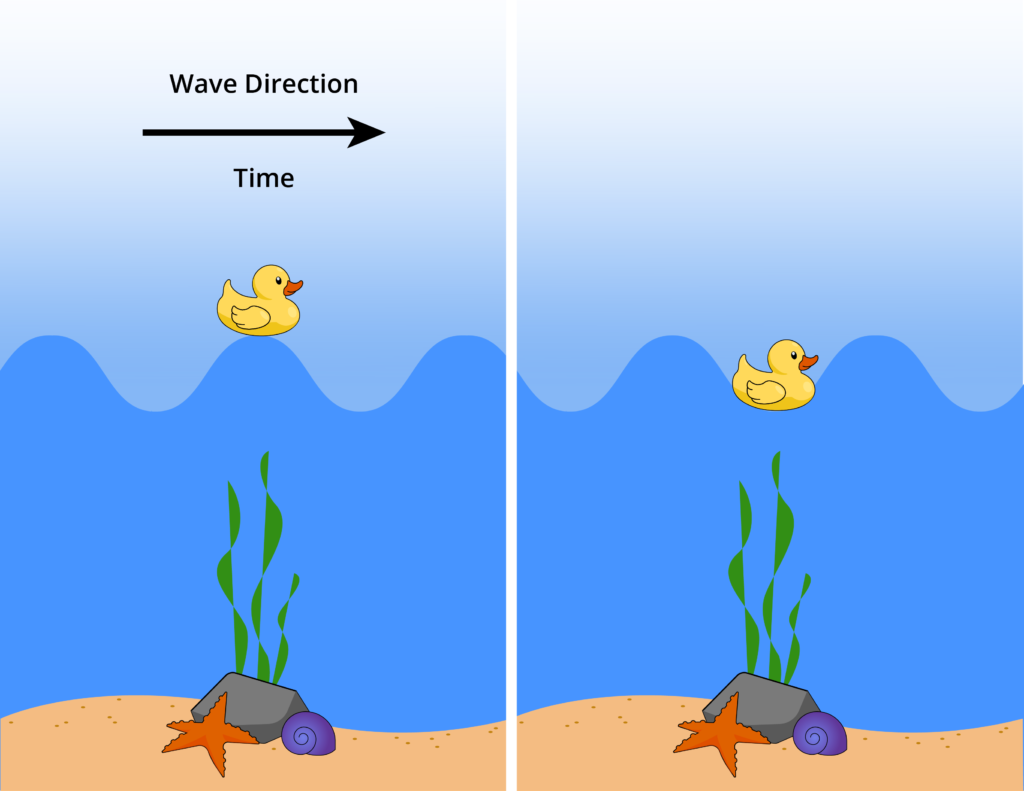
Could this information help explain friendly floatees on beaches if they were dropped in the middle of an ocean?
Wind
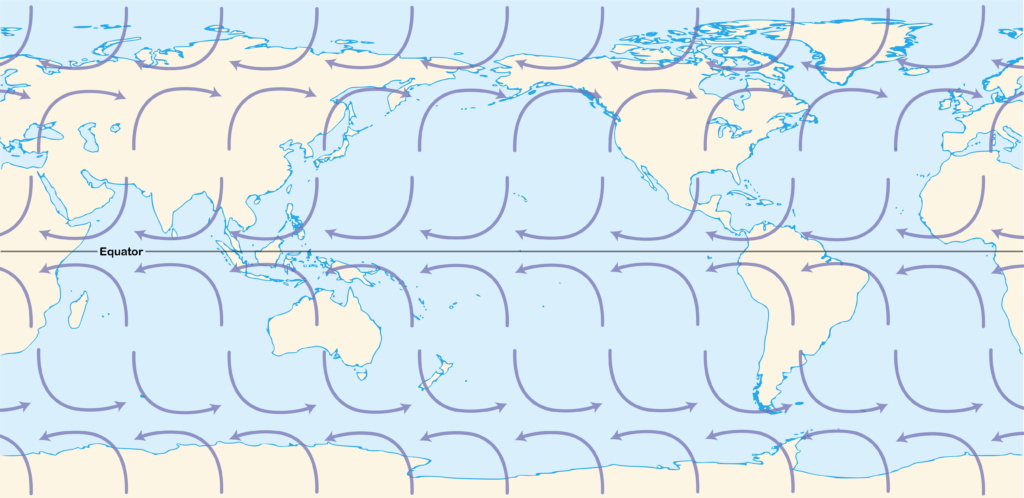
Winds on the planet follow large and general patterns as seen in the picture below. The combination of the uneven heating of Earth’s surface and the rotation of the planet, causes the directions of the winds. Air, like waters in the oceans, move using convection currents. Cold air sinks as the less dense warm air rises.
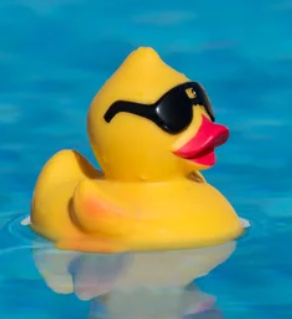
Credits:
- Idea: Tonya Schield
- Writing: Tonya Schield
- Editing: Gail Wheatley
- Illustrations: Christina Moore

